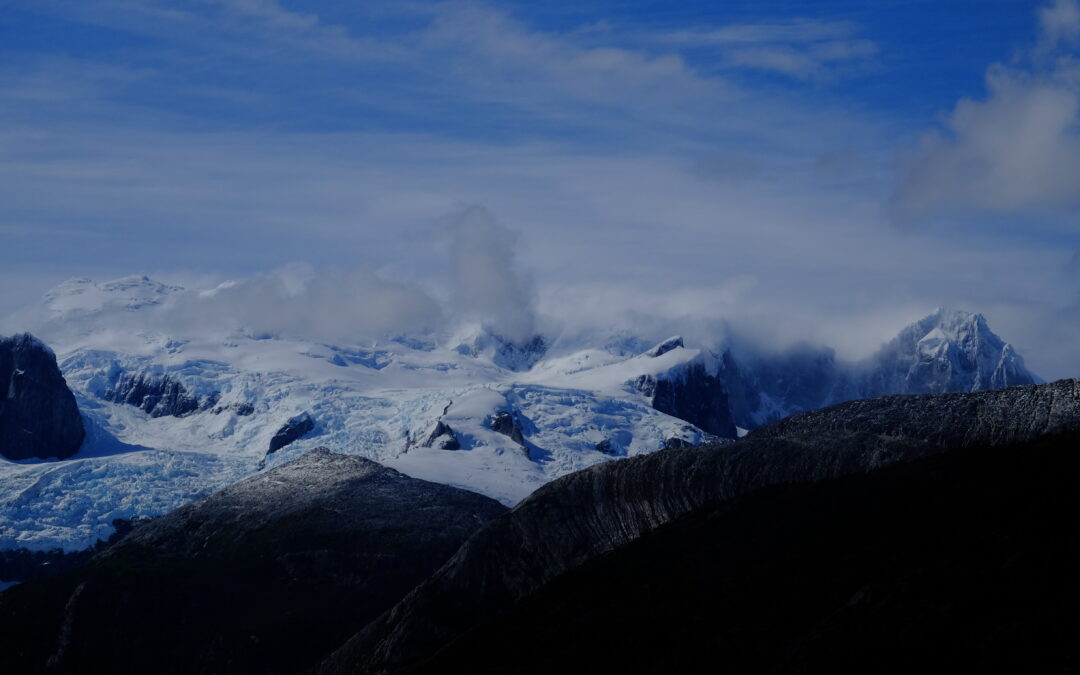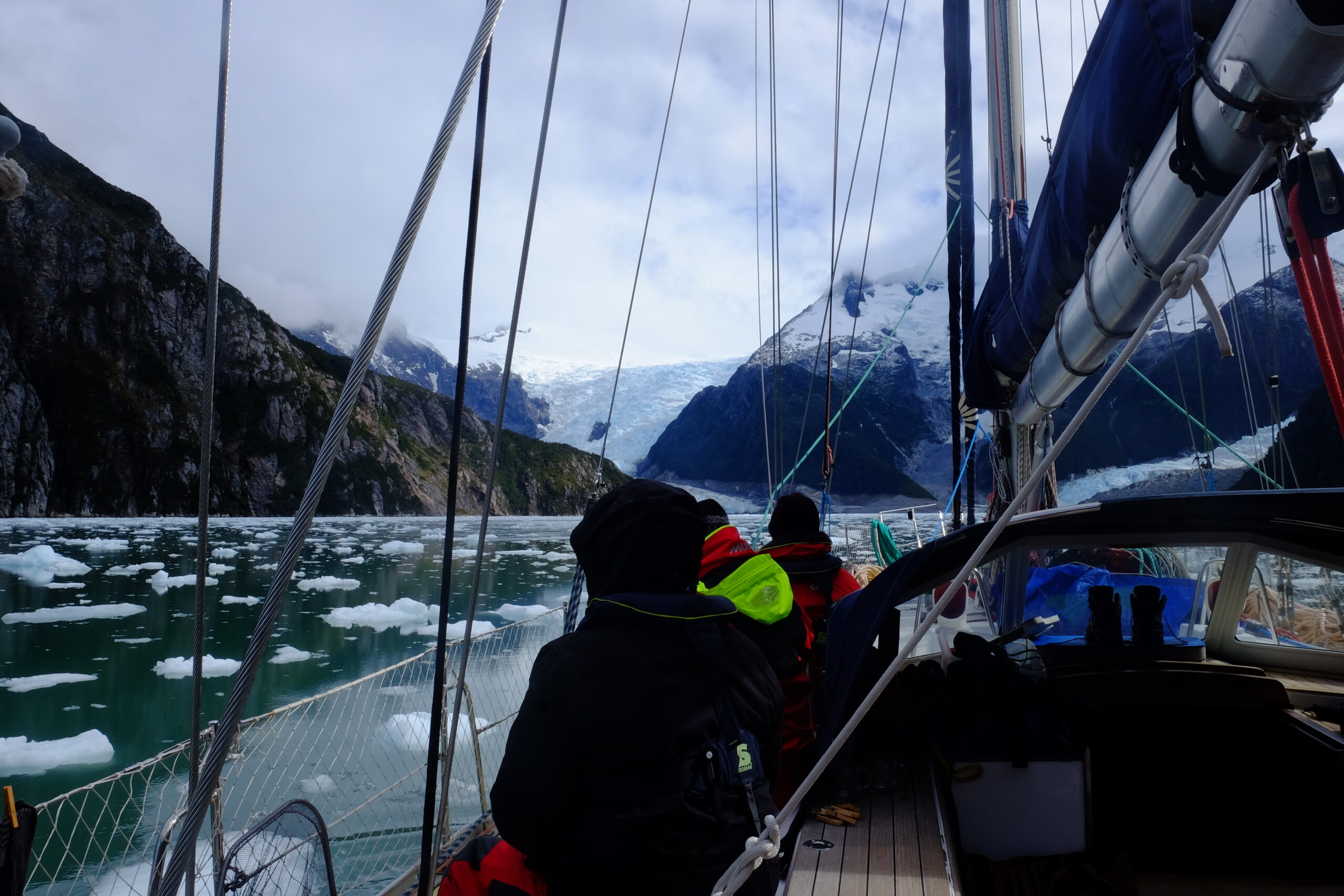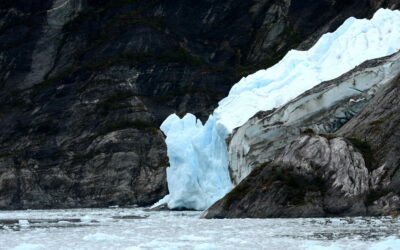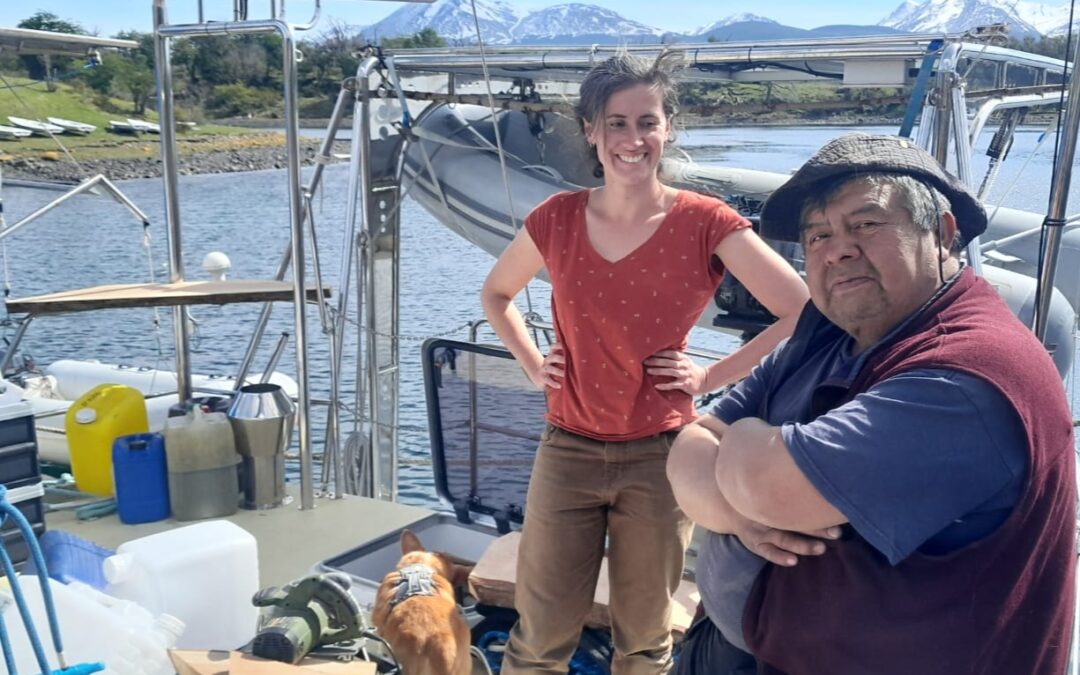
blue water sailing club
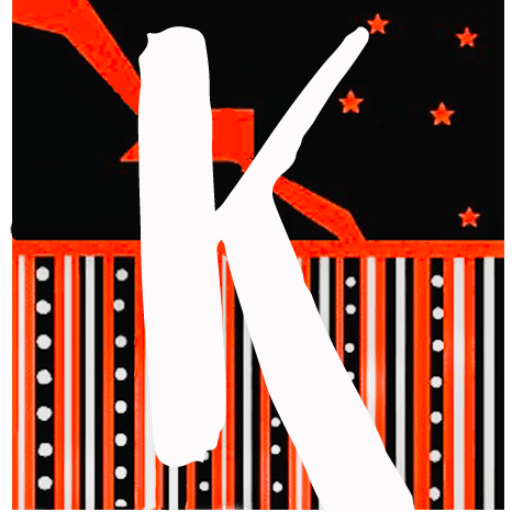
Association Karukinka
Loi 1901 - d'intérêt général
Dernières nouvelles du bord
La Patagonie vous fait rêver ? Rejoignez l’aventure !
Ireland-Scotland, Transatlantic, Patagonia… The 2024-2025 sailing programme is online!
Hello everyone, As you may have noticed, the internship programme for the 2024-2025 season is online. Featuring coastal and offshore navigations north and south, there is something for everyone! Milagro is currently in Ireland and Scotland for coastal internships...
[#7 – Ireland – Scotland 2024] From Loch Melfort to isle of Mull, via the Firth of Lorn
It is after a superb stopover made up of encounters as beautiful as the surrounding landscapes that we leave Loch Melfort to head towards the south of Mull Island. To do this, several options exist and we choose that of Cuan Sound, a (fairly) narrow channel separating...
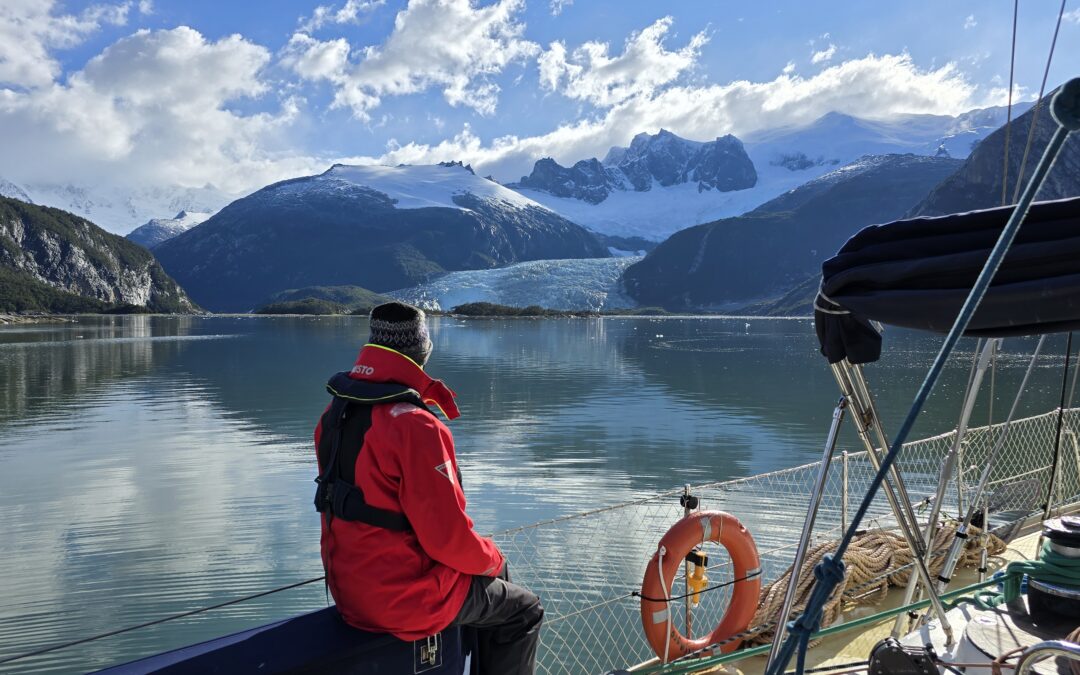
![[Sailing Patagonian channels] Sébastien’s Logbook part 1](https://karukinka.eu/wp-content/uploads/2025/08/Caleta-eva-luna_012025_Karukinka4-1080x675.jpg)
